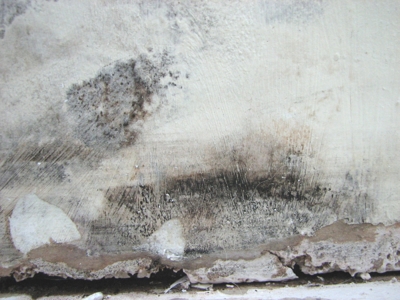Did you know that not all fungi are the same? One of the biggest misconceptions is that mold and mildew are the same things. While they are somewhat similar, they have differences that can affect your health and your home in different ways.
What Are the Similarities?
Mold and mildew are both types of fungus that thrive in moist, humid conditions where there is little to no light. Spores find their way into an environment such as these and start to grow. Both need porous material to grow such as wood, fabric, paper, clothing, drywall, insulation, carpet, padding, etc. However, neither mold or mildew can grow on synthetic materials such as plastic items.
What Are the Differences?
While mold and mildew are both fungi that you definitely don’t want around, mildew is less invasive than mold. Mildew is normally found in wet areas and is white or gray. It may even appear fuzzy and have an odor. It is easier to clean than mold because it stays on top of surfaces such as bathroom tile. Since it is easier to clean when spotted, it is not as threatening as mold.
Mold can be black, yellow, or green and can be very toxic to anyone who is exposed to it for long periods of time. Mold is different from mildew in the fact that it can hide. When you find some mold there is likely to be more under the surface and there’s a good chance you will need a professional to handle it. You never want to leave mold un remediated because as it grows, mycotoxins are released into the environment. Exposure to can cause a variety of health consequences such as skin irritation, shortness of breath, high fevers, and other serious allergies.


